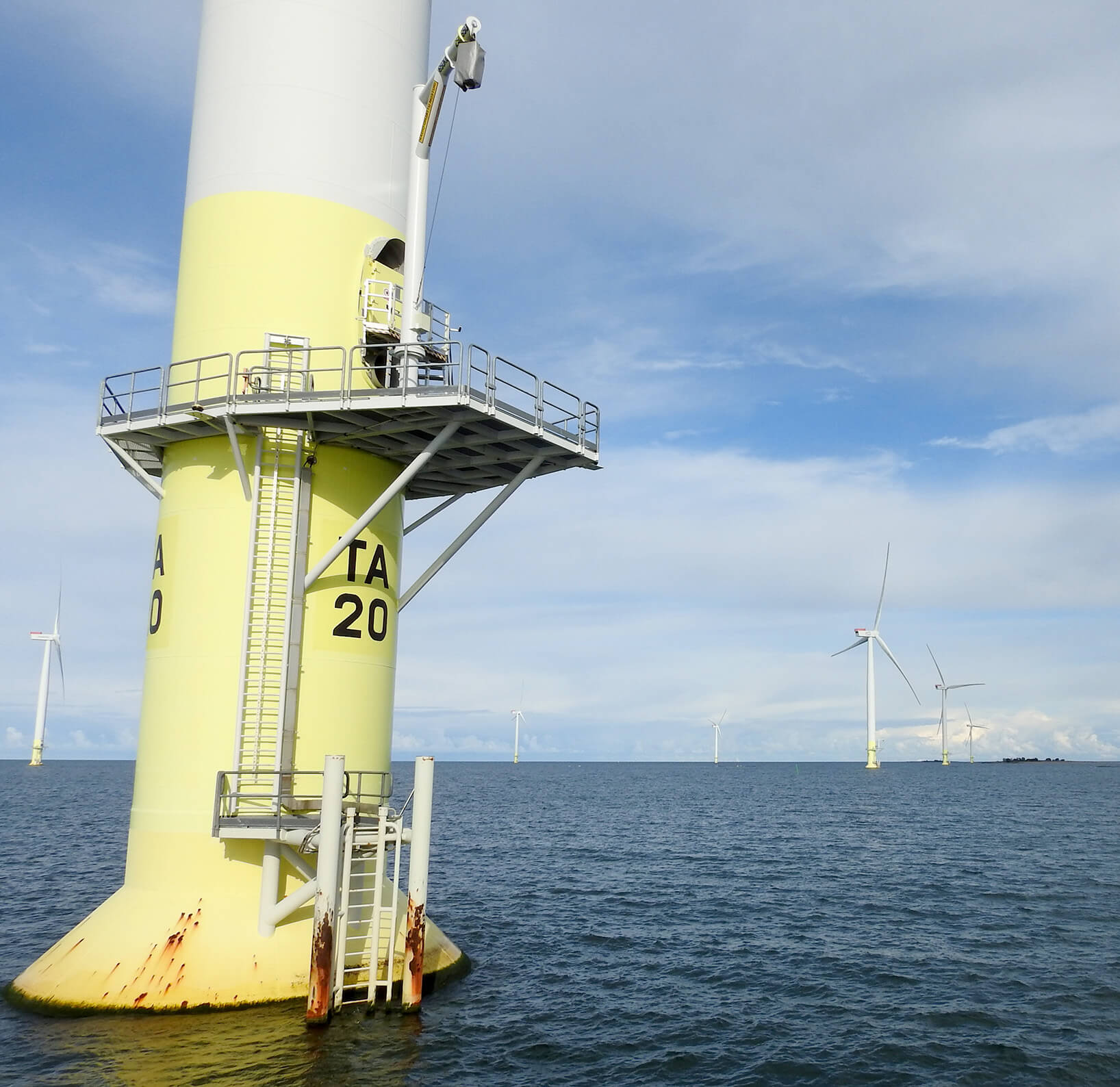The costs of offshore wind power are falling rapidly
The offshore wind power technology is developing rapidly. The turbines are higher and the blades are longer than before. The outputs of offshore wind turbines are also increasing. As a result of the technological advances, the production costs of offshore wind power have fallen and will also fall significantly in the future. It is presumed that offshore wind power could be built without state subsidies in the 2030s.
For the time being, it is presumed that offshore wind power cannot be built on market terms without some kind of financial support from the state. In countries that are building offshore wind power, construction has mainly been supported with the feed-in tariff or with separate tendering for production subsidy aimed at offshore wind power alone.

Projects are still funded in different ways
In some European countries, the grid connection costs of a project successful in the tendering process and the substation to be built offshore are met by the state. The grid connection cost is substantially high, and therefore the allocation of the cost radically changes the economic viability of the project.
For example, an offshore wind farm investment where the wind farm will not receive any production subsidy from the state was published in the Netherlands in 2021. However, in the Netherlands, society bears the costs of an offshore substation and the offshore cable running all the way to the onshore grid connection point. Therefore, the construction of offshore wind power is already possible in Europe without other financial support from the state as long as the grid connection costs are met by the state.
In Finland, the wind turbines in Ajos in Kemi and in Tahkoluoto were built with the aid of feed-in tariffs, and the Tahkoluoto offshore wind farm also won the competitive tendering for demonstration subsidy for offshore wind power.